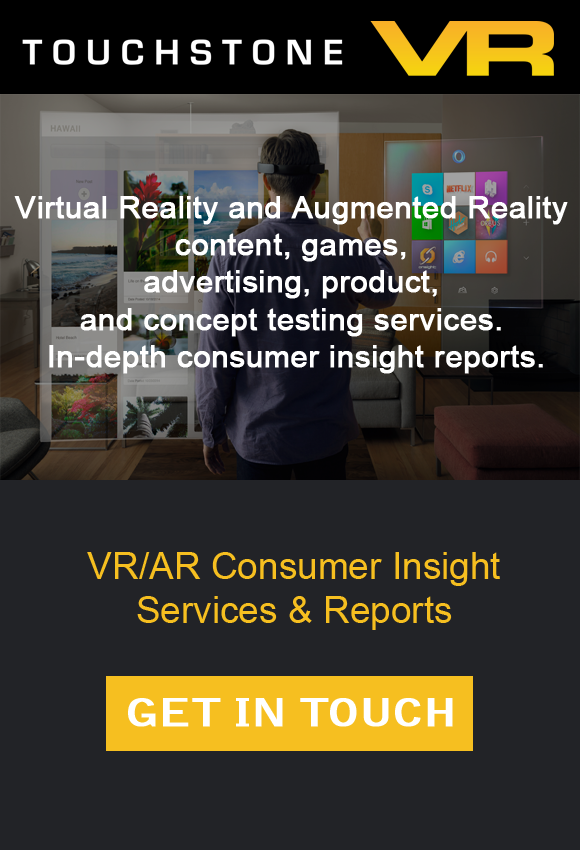Virtual Reality can be used in a variety of industries, including tourism, retail, military, and education. Though it may seem that VR would naturally fit into a technology class, it may actually be a better fit in history and science classes. Implementing VR into the classroom can allow students to visit places that they would ordinarily never be able to see. For instance, having a virtual field trip back in time, or to a place on the other side of the world; this experience would allow users to feel as if they are actually there. There are many other benefits to having Virtual Reality in the classroom, such as creating new problem solving techniques and adding “play” into education, thereby further engaging kids in the classroom. VR devices range in price from $15 for a Google Cardboard to $799 for the HTC Vive, which could allow each student to have his/her own device or could allow one device per class. VR has great potential to increase learning by being introduced into schools. It allows students to push their own boundaries, express their imagination, and learn in a way which is interesting and engaging to them; which would likely help with learning and retention.
Below is the full infographic by Foundry10:





Hi!
I wanted to commend your efforts in social studies/science with VR. I am a physician with 3 boys and also an MBA student in the midst of an online VR class. I feel the fit will be amazing! I would love to collaborate or offer any assistance if you need. This is such a great tech development and I can not wait to see its implementation!